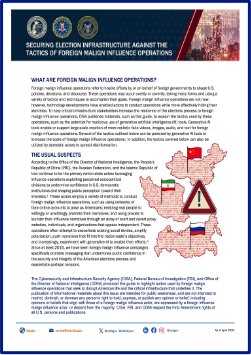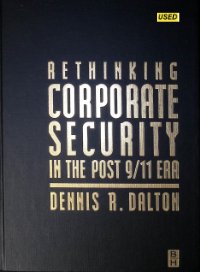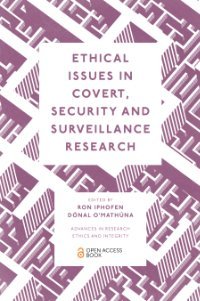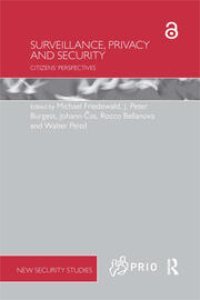By Mehmet Murat PAYAM
It is obvious that tourism is a critical revenue source for many countries and visitors are affected by the perception of safety and security at the destinations. According to the World Travel and Tourism Council, tourism continues to be one of the world’s largest sectors. In addition to this, Travel and Tourism Competitiveness Report considers safety and security to be a pillar of tourism competitiveness with ‘reliability of police services’ a central anchor. As any safety or security mishap can destroy a tourism destination’s reputation, the safety and security of tourists should be a matter of national security. In this context, it is believed that tourism police help create the destination image. For this purpose, the Tourist Police Unit should be set up in order to provide safety and security to tourists. Any investments in tourism oriented policing will be an investment in the economic future of the destination and the country. If a country wants to increase its competitiveness in the tourism industry, tourist police system must be introduced as soon as possible. The objective then is to become one of the top five most visited safe and secure destinations in the world. There should be consensus on the necessity to introduce a separate Tourism Police Unit at least in major cities such as Antalya, İstanbul and Konya. In short this paper provides an overview of tourism security and concentrates on the world of Tourism Oriented Policing and Protection services (TOPPs).
Conference: I. Eurasia International Tourism Congress: Current Issues, Trends, and Indicators (EITOC-2015)





















